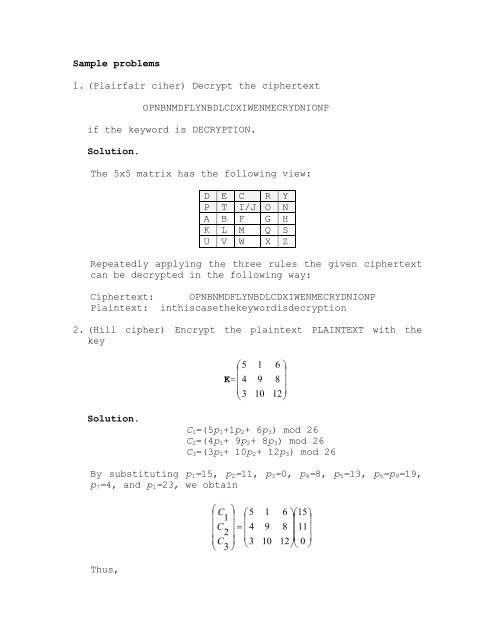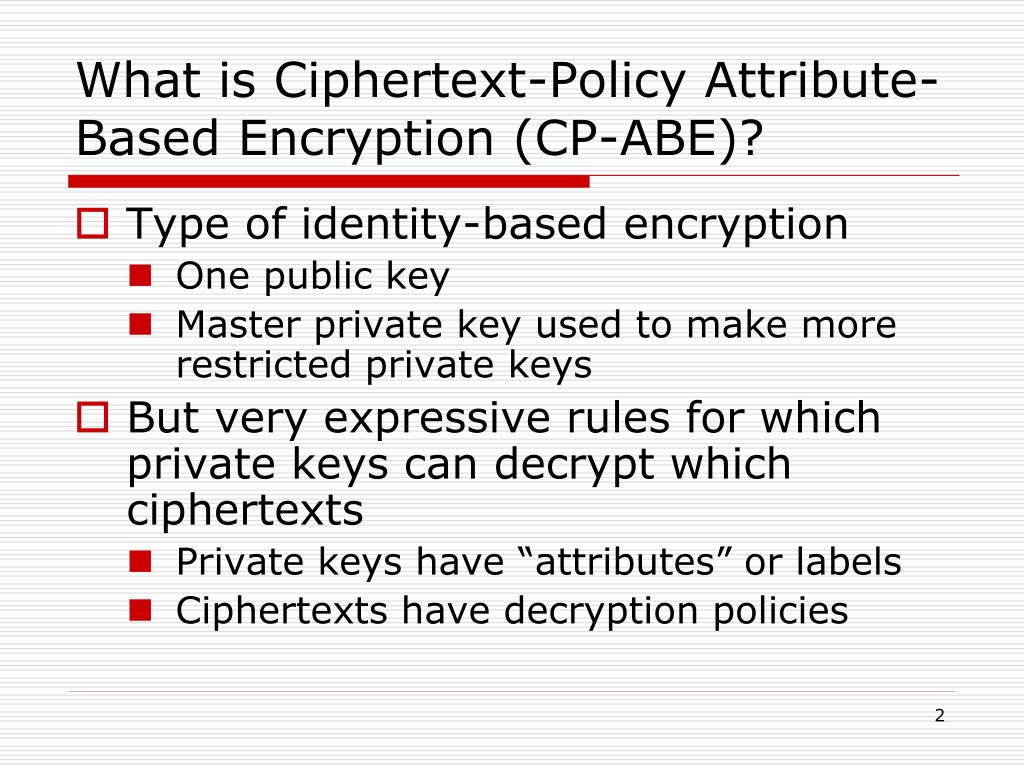

You might assume he would join the codebreakers at Bletchley Park on Enigma, since their work had built on his. He didn't have much luck at this point: robbed by his guide at gunpoint, captured by Spanish police only hours after crossing the border, and then interred for three months in prison.Īfter his release, he made his way to Britain. Aided by the French resistance, Rejewski worked his way to the border and attempted to cross over into Spain. After being nearly discovered by a detector van equipped with a radio antenna, the unit was evacuated.

From September 1940, Rejewski worked with a small unit on breaking Nazi ciphers from within occupied (well, Vichy) France, under the continual threat of discovery and arrest. Rejewski also had a more exciting wartime experience than his counterparts at Bletchley Park, who were all off playing rounders in relative safety.

It's more than possible that, without Rejewski's results, the British at Bletchley Park would have had little, if any, success with Enigma. The page for the Featuring process can be found here.ĭespite having something of a girl's name, Rejewski was a veritable geek hero, solving the wiring of the German Enigma machine using some funky maths.
#Cipher text free#
The Wikipedia article on Polish mathematician Marian Rejewski is currently going through the process to become a so-called " Featured Article", vetted entries that are eventually promoted on the main page and elsewhere.įeel free to read the article and add any comments. Still, a good old-fashioned pair of bolt cutters is less hassle. I did some tests (on a lock of my own, of course), and if you observe several of these states, and you have a reasonably accurate model of what weak scrambling method is being used, you can whittle down the possibilities pretty quickly. As a result, the state after a half-hearted scramble still reveals information about the secret combination. On university campus, I've noticed that many people in a hurry don't really scramble their combination locks (for cycles, normally) very thoroughly - maybe a quick flick of the dials with the thumb, or something of that sort. Herivel's tip reminded me of combination locks, of the type with rows of dials of digits. It was Hut 6's lifeline for a few months in the Summer of 1940 after the Germans had changed their indicating procedure, obsoleting the Polish techniques then in use. If you're interested, I wrote up the details in a Wikipedia article. Dubbed the Herivel tip or Herivelismus, it relied on Enigma operators taking a shortcut and not randomising the rotors after having set up the machine. It seemed to have the desired effect.īletchley Park has announced a forthcoming lecture by WWII veteran codebreaker John Herivel, a Hut 6 mathematician who, within weeks of arriving at BP, had come up with a nifty bit of lateral thinking to help solve Enigma. After reading it, Churchill, who was a keen consumer of Bletchley Park's product, memo'd his staff with the terse but unambiguous " Make sure they have all they want on extreme priority and report to me that this had been done." With "ACTION THIS DAY" stamped above it in big letters. Milner-Barry delivered the letter in person to 10 Downing Street in October 1941. The letter, which was also signed by Alan Turing, Gordon Welchman and Hugh Alexander, outlined their needs for a relatively small number of additional clerical staff in order to carry out their work effectively. He is particularly remembered for co-authoring a letter directly to Winston Churchill requesting more resources for the codebreakers, bypassing the apparently ineffectual leadership at Bletchley Park. Last week I revamped the Wikipedia entry for Sir Stuart Milner-Barry, chess player, civil servant, and the head of Hut 6 at Bletchley Park from October 1943. Cipher Text is back! Apologies for the lack of activity here for most of 2006, hopefully I'll be posting more frequently in 2007.


 0 kommentar(er)
0 kommentar(er)
